Trees play a pivotal role in the formation of rain, and although we have a fundamental understanding of this process, its full magnitude eludes us. These intricate, interconnected living entities serve as the lifeblood of our ecosystem, vital for preserving biodiversity, regenerating soil, and producing oxygen. Suzanne Simard, a researcher at the University of British Columbia in Canada, has even characterized trees as sentient beings due to her groundbreaking discoveries on how tree communities support one another in forest networks, as ecologists we know this to be true with grandmother trees supporting countless smaller trees, therefore, if a pivotal grandmother tree is cut down, the rest of the trees can become vulnerable and will also die without the support system of the elders in harsh times.
A Ceiba thousand year old Tree of the Ecuadorian Amazon, by Carlita Shaw
Simard’s groundbreaking research also served as a source of inspiration for James Cameron’s portrayal of the divine “Tree of Souls” in his 2009 blockbuster hit, Avatar. Her work also played a prominent role in German forester Peter Wohlleben’s 2016 nonfiction bestseller, The Hidden Life of Trees.
What truly ignited the public’s fascination were Simard’s discoveries that trees possess a social nature, engaging in nutrient exchanges, mutual assistance, and communication regarding insect pests and various environmental challenges.
A Ceiba thousand year old Tree of the Ecuadorian Amazon, by Carlita Shaw
Silvina Heguy, in her enlightening book “Journey to the End of the Amazon,” (Viaje al fin del Amazonas), she wonderfully captures the essence of trees: “Each tree, aside from exhaling oxygen, disperses the water that will eventually descend as rain in the south, whether over São Paulo city or the fertile fields of the Argentine Pampas. Within our planet’s largest basin, there exist rivers both on the land and in the sky. Trees, in essence, are the fountains of life.”
In the heart of the Amazon Rainforest, 390 billion trees are acting as colossal pumps, drawing water from the depths of the earth through their intricate root systems and exhaling it through their leaves—a phenomenon referred to as transpiration. This hydrological water cycle stands as one of the Amazon’s most critical functions. These nearly 390 billion trees collectively serve as monumental pumps, each tree is capable of extracting approximately 100 gallons of water from the ground per day and releasing it into the atmosphere, multiplied by the vastness of this forest.
The Ecuadorian Amazon Basin, 2012 by Carlita Shaw
This is the ingenious mechanism through which rainforests give birth to their own clouds and perform their vital role on the global ecological stage, providing billions of tons of essential moisture to seed rain clouds. These clouds form the floating rivers that gracefully traverse the skies above the Amazon Basin, symbolizing the profound interconnectedness of Earth’s systems—what happens above mirrors what transpires below. The Amazon rainforest serves as a cycle of evaporation from the trees below, as they absorb carbon dioxide, produce oxygen, and release the moisture that ascends as clouds over the Amazon Basin. These clouds then journey through the atmosphere, delivering precious freshwater in the form of precipitation, not only to nourish the Argentine Pampas but also to quench the thirst of far-off arid regions.
On any given day, as these majestic cloud formations drift westward across the Amazon, moisture is recycled from sky to land an astounding five to six times. The Amazon’s hydrological ballet is the lifeblood of South America, bestowing crucial moisture upon agriculture and urban water reserves in Central Brazil, Paraguay, Uruguay, and northern Argentina. Remarkably, this moisture cycle exerts its influence as far away as the American Midwest, significantly impacting rainfall patterns.
Map of the Amazon Basin, Image sourced at amazonaid.org
The origins of this rainfall are indeed the source of the freshwater that nourishes our crops, rejuvenates our soils, and sustains our rich biodiversity. Trees, in their intricate dance with the elements, sustain life on our planet through the marvel of rain generation. In Fred Pearce’s compelling work, “A Trillion Trees,” the first chapter, aptly titled “Flying Rivers,” regales us with captivating tales that underscore the extraordinary role of forests and jungles as creators of aerial rivers that crisscross the globe, delivering water to the remotest corners of our world.
In the year 2006, a pioneering Swiss Brazilian, British born pilot named Gerard Moss, having circumnavigated the globe twice in his single-engine aircraft, embarked on a daring mission to substantiate the idea that the Amazon Rainforest, rather than the vast oceans, served as Latin America’s primary water source. According to Moss’s perspective, the Brazilian people were, in essence, guardians of an unparalleled water wealth—a resource not tied to the Amazon River but to the aerial rivers of the Skies meandering above the rainforest tree canopies.
Flying above the Amazon 2012. by Samuel Remnard for Evolve to Ecology.
Together with a cadre of dedicated scientists who shared his conviction, Moss set out on a thrilling adventure to gaze upon these ethereal rivers suspended in the sky with their own eyes. His daring odyssey entailed traversing the Amazon rainforest by air, collecting microscopic moisture particles. These samples underwent meticulous laboratory testing to ascertain their origin, whether from the forest or the ocean.
Over the course of several days, Moss skillfully navigated these airborne waterways, amassing thousands of samples that culminated in the conclusion that yes: the Amazon Rainforest was orchestrating its own rainfall, a benevolent deluge that not only sustained its lush biodiversity but also irrigated vast swaths of the South American continent.
During one remarkable expedition, Moss traced the journey of these flying rivers from Belém, Brazil, to the vast expanse of the Atlantic Ocean. His observations revealed that upon reaching the Andes, these skyborne rivers were redirected southward by the formidable mountain range, embarking on a journey through Paraguay, Uruguay, and ultimately the La Plata Basin, bestowing their life-giving waters upon the fertile Argentine Pampas. The Pampas constitute expansive low grasslands in South America, encompassing over 1,200,000 square kilometers. They span across several regions, including the Argentine provinces of Buenos Aires, La Pampa, Santa Fe, Entre Ríos, and Córdoba, as well as the entirety of Uruguay and the southernmost state of Brazil, Rio Grande do Sul.
The Amazon’s significance transcends geographical boundaries, profoundly influencing distant ecosystems, sustaining life in distant lands and distant lives. The disappearance of each tree within the Amazon Basin triggers a cascade of repercussions—altering rainfall patterns, reshaping climates, and reshuffling daily existence, impacting the web of life across the Americas and the world at large.
In 2019, the Brazilian Amazon bore witness to unprecedented wildfires, as over 90 active conflagrations devoured thousands of hectares, representing a staggering 67% increase over previous years, many had been started by those with interests in mining in the areas that were devasted. Then, in 2021, the Paraná River, one of the globe’s crucial grain transportation arteries, experienced a historic drought, nearly withering away. The ensuing economic, social, and environmental consequences were staggering. Yet, regrettably, discussions regarding the possible links between these two events were conspicuously absent, emblematic of a pervasive ecological illiteracy that continues to obscure the intricate cause-and-effect relationships governing our ecosystems.
Satellite images of the rapid reduction of the Amazon Rain forest in less than 70 years
Deforestation emerges as a destructive force capable of disrupting the delicate balance of the water cycle, leading to alterations in river flows and drastic loss in water volume. Scientific studies highlight the imperative need for the Amazon rainforest to maintain over 80% of its forested cover to sustain this vital hydrological cycle. Alarming warnings loom on the horizon, suggesting that the Amazon teeters on the precipice of irreversible transformation—transforming from lush rainforest to arid grasslands and, in some regions, deserts.
The driving forces behind this deforestation surge are multifaceted, ranging from globalization, shifts in land use, IMF debt pressures on Amazon nations to sell off large swaths of rain forest to oil extraction and mining operations, soy plantations, and the industrialization of cattle grazing to meet the insatiable demand for beef production. These practices result in fewer forests and trees, presenting a paradox that challenges our very existence. However, a potential solution may lie in alternative models of food production away from the rainforests in our communities—community-driven food cooperatives and family-based homestead organic farming offer promising avenues. They represent unique opportunities to bolster community-based food security, enhance livelihoods, nurture resilient communities, protect the environment, and embrace sustainable development, particularly in rural areas.
At times, the prevailing logic driving large-scale deforestation, mining, oil exploitation, and industrial agriculture appears inscrutable, especially when those most dependent on the stability of nature for their livelihoods remain oblivious to the intricate web of cause-and-effect relationships. While some may have pleaded ignorance in the past, today’s consequences are all too evident, punctuating our daily lives with climatic unpredictability that leaves land-based producers bewildered.
The crux of the issue lies in our tendency to perceive ourselves as disconnected from nature and the natural world as a disjointed, isolated system, inadvertently ignoring the interconnectedness of every ecosystem that binds the web of life to productive lands, deforested forests, the complex land drainage systems destroyed by the absence of tree roots, and the ebb and flow of rainfall and droughts. Every component is part of a delicate, interwoven tapestry, where changes resonate across the entire system. Individualistic thinking, spurred by the urgency of short-term results, prevails, imperilling not only the future of our planet, which may seem distant, but also the productivity of the very land that sustains us and all life.
Therefore, alongside the contemplation of new, ecologically sustainable models of development, a resolute focus on ecological transition is imperative. These discussions must be grounded in pragmatism and plans that respect the Earth’s Natural Carrying Capacity—a principle that necessitates planning within the bounds of nature’s ability to replenish resources sustainably. To bring these visions to fruition, we must raise ecological literacy, instil environmental education, and foster the cooperation necessary in communities locally and globally, to become stewards of our ecosystems. This endeavour represents a profound opportunity in a society rife with inequality, as a vast majority should be willing to embrace change. Heightened awareness, education, and unwavering commitment are the keys to success.
The world stands at a pivotal juncture, where the choices before us could not be more consequential. We can either cling to the creed of individualism, with a “every person for themselves” mentality, or we can embrace collective well-being and ecological harmony. The latter path recognizes that we are all integral parts of a greater, symbiotic ecosystem, and each of us plays a vital role in ensuring not just our own survival but the thriving of all life.
Ecuadorian Howler monkey knows its a life or death situation when he loses his home. A tragic depiction of what all rainforest species go through. This heart wrenching tragedy should not be happening anywhere in the world with new ecocide laws in place.
It is time not only for contemplation but also for creation, for the initiation of new blueprints that prioritize ecological growth. The hour is late, and the environmental challenge we face is a shared endeavour, its not just for the environmental conservationists to carry; for the suffering of environmental destruction inflicts not only on species—but will ultimately be borne by individuals. Those who stand to bear the brunt of this suffering are often the most vulnerable, while those with the power to make change evade accountability and responsibility. However, they, too, are complicit in driving this problem, and their continued actions perpetuate this cycle.
As stewards of this planet, we are entrusted with a profound responsibility—a responsibility that extends beyond our own well-being to encompass the well-being of all life on Earth.
by
Related articles
Protecting the Amazon’s Biodiversity
The above make comes from an article on the diversity of catfish species in the Amazon rivers, just one example of biodiversity indicators, showing that the rivers themselves yield a wealth of undiscovered biodiversity. The diversity of the genus is likely to be even higher because the Amazon River is a hotspot of hidden biodiversity.
Echoes of Betrayal: The Shiwiar’s Fight to Save the Amazon from Oil Exploitation
Depiction of Ecuadorian girl and oil drilling on her territory, art copyright by author Carlita Shaw.
Secrets Unveiled-A New Chapter in Amazon Rainforest History
Sites and major archaeological features revealed by lidar in the Cotoca area. Source Nature.
Carlita Shaw has a background in environmental science, Wildlife Conservation, Ecotherapy, Hypnotherapy, and Environmental Journalism, and is the author of Several books-The Silent Ecocide: The Environmental Crisis is a Crisis of Human Consciousness and Surviving Depression in a Depressing World, An Ecological Perspective. With over a decade working in rainforest conservation and environmental advocacy, she blends ecological science with indigenous knowledge, ancient technologies, and alternative economics to illuminate paths forward through planetary healing and well-being.
Why Supporting my Work Matters
🌱 Why Become a Paid Subscriber?
Every word I write is rooted in a mission — to share truth, without greenwashed agendas, beauty, and insight in a world that desperately needs more soul and less echoed noise. Whether I'm rescuing abandoned animals abroad, documenting ecological injustice, exploring spiritual ecology and consciousness, or being a voice to help my Amazonian friends in the rainforest tell their stories to the world, this work is independent, reader-powered, and is environmental and wildlife news without a political or corporate agenda.
If my writing has moved you, inspired you, made you think — consider becoming a paid subscriber.
Your support helps me:
Continue publishing without censorship or compromise
Or help me cover the costs of flying the rest of my rescue animals to safety ( I just flew half of them to the EU, and need to bring one more rescue dog and cat to Europe from Mexico).
Your Subscription also supports independent environmental projects in collaboration with my Shiwiar friends in the Ecuadorian Amazon — I often report news for them and give them free consultation on their environmental projects, we aim to set up a biological research station in the Amazon. If you would like to visit them, I can put you in touch directly with them, they have licensed forest guides to take care of you.
Other topics I write about are rooted in nature, consciousness, humanity, aether, health sovereignty, truth, and free thought.
Thank you for your appreciation!
References
Why Supporting My Work Matters
Why Supporting My Work Matters— I'm here as a product of Censorship & Cancel Culture, my controversial news site was hijacked and connected to a gambling site to silence and discredit me three years ago during the pandemic to prevent readers from reading my articles and books I was publishing, as we published truth and challenged the mainstream narratives. I had been on Wordpress for almost 20 years and had established an 80k readership but that has all gone, and it takes a long time rebuilding a readership elsewhere. Facebook have deleted my Environmental projects and news page and they banned my censored environmental books!
My interviews and news explore information that reflects the issues we contend with as humanity stands at a pivotal nexus point. We are venturing into uncharted territory with emerging technologies that bring new challenges and evolving paradigms that push against old beliefs and agendas. In this transformative era, we become the new mapmakers and seed-planters.
1. Bridging Knowledge Gaps-As a neurodivergent female researcher and writer, I bring a unique perspective to challenging mainstream narratives and outdated perceptions. My work in environmental conservation, health freedom, free speech, and learning from the ancients, aiming to fill the gaps in understanding, serving to bridge paradigms and navigate the complexities of a rapidly changing world, I have traveled to the far reaches of the Amazon rainforest with my work to learn from Indigenous voices and lived and travelled in over 15 countries in the last 18 years.
2. Championing Diverse Voices- Firstly, I have always had a unique perspective because of my Aspergers, ADHD, and dyslexia. I persevere despite these neurodivergent challenges. Moreover, being a woman means I have to work much harder to gain any recognition in what I do, I often feel invisible and that my work isn't gaining the momentum it deserves. Women often face additional hurdles in gaining recognition for their work. By supporting my efforts, you’re helping amplify a voice that challenges stereotypes and archetypes, valuing creativity, innovation, and substance over superficial expectations. A woman’s voice is often seen through a clouded lens of societal judgment and archetypes, where others feel compelled to place her in a predefined box—she is typically only validated by her attractiveness or for her academic achievements if she carries titles before or after her name. Otherwise, she has to work much harder to have her voice or work noticed compared to her male peers, as we still live in a patriarchal world, that's why it's valuable for us all to support the work of independent female researchers, writers, journalists, artists, filmmakers, digital media producers.
3. Fearless Exploration- There have been times in the past where I have found myself in some very challenging life-or-death scenarios. That’s why I feel I have nothing to lose anymore and I am wholeheartedly committed to tackling topics that others may shy away from, because they might challenge the mainstream narratives, encouraging critical thinking and fostering meaningful dialogue. Your support enables me to continue my commitment to creating impactful work that goes deeper than the average person chooses to go, and inspires and informs.
Thank you
Buy me a Ko Fi
Carlita's other sites-
A New Chapter on Substack
https://substack.com/@carlitashaw
Recent books
The Silent Ecocide Redux 2024, -The Environmental crisis is a crisis of human consciousness.
(paperback) https://www.amazon.com/dp/B0DKTNDTL1
(kindle) https://www.amazon.com/dp/B0DLGWK2MN
Sailing Beyond Knowledge Radio Wordpress
https://sailingbeyondknowledge.wordpress.com/
Life Path Frequencies
Sailing Beyond Knowledge on Rumble





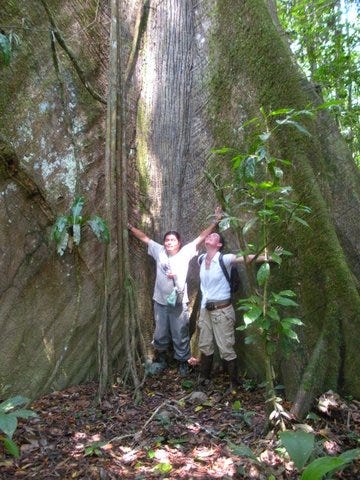

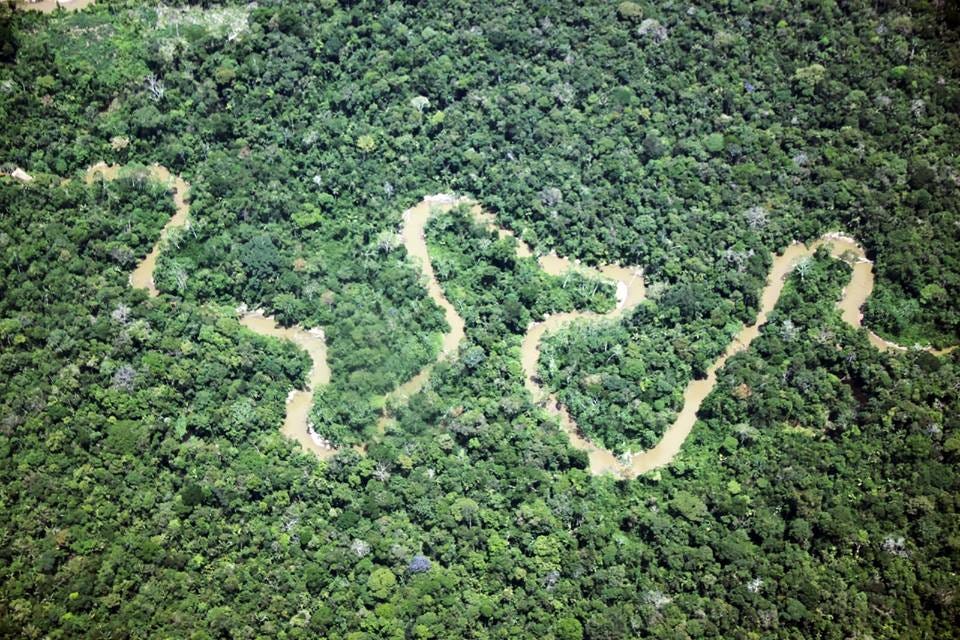
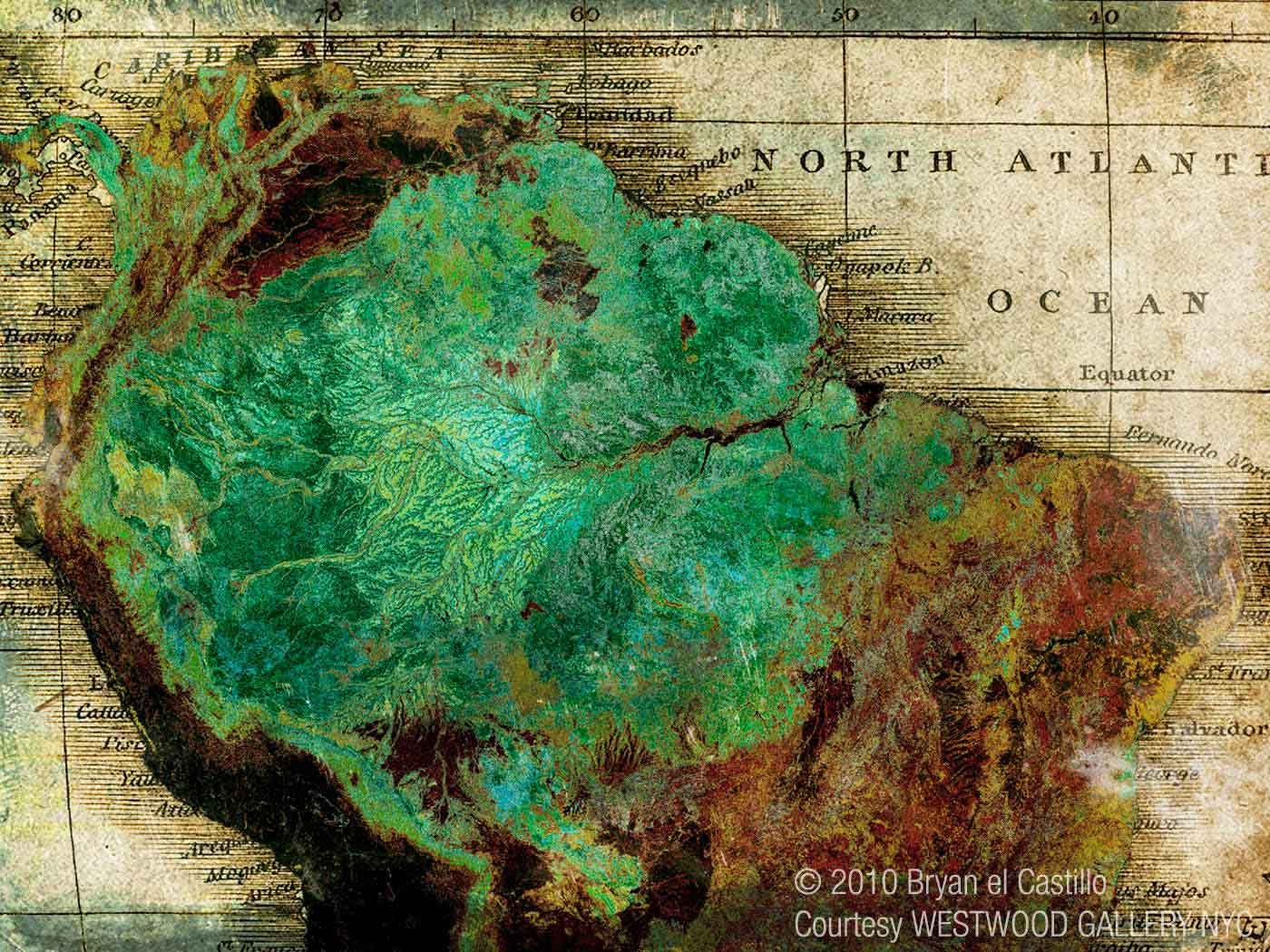

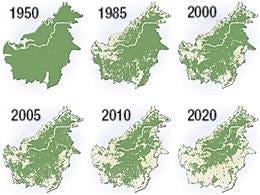


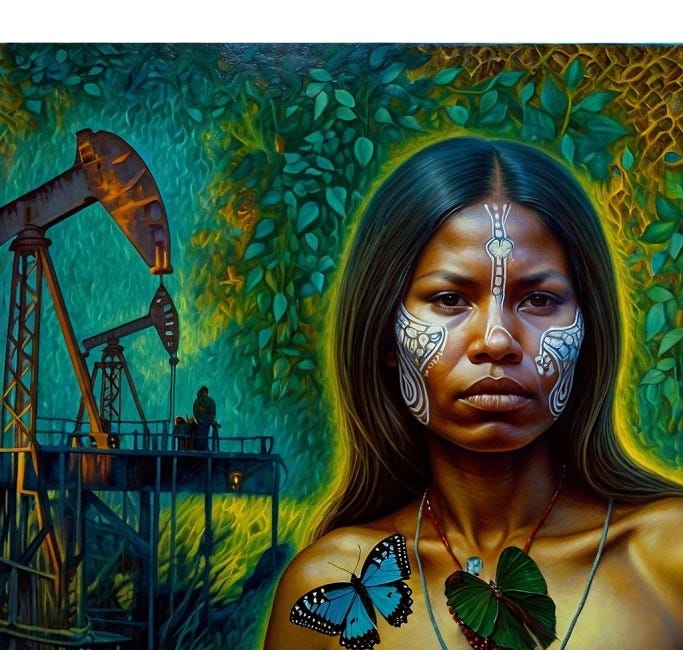

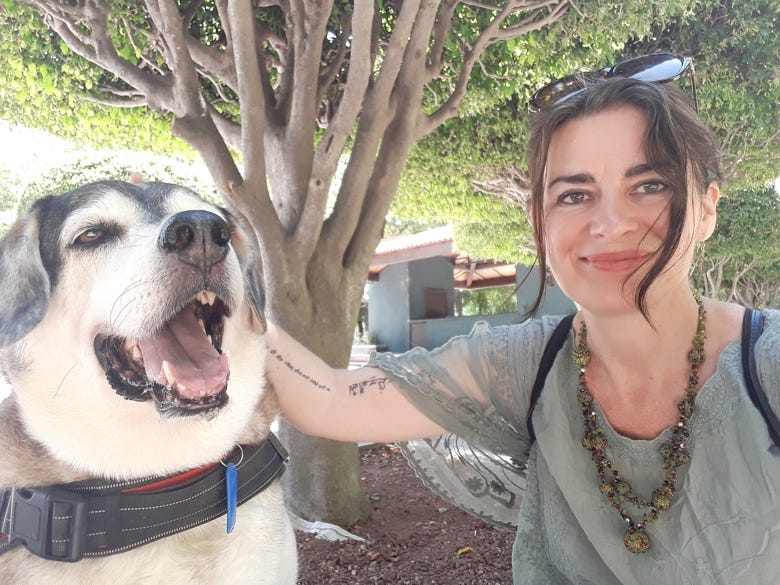
A luminous piece in the tradition of Humboldt and Rachel Carson. Deep ecology is our only bulwark against self-obsession and Schadenfreude. Trees are our guardians: they keep us sane. How much horror, religious or corporate, has spewed forth from deforestation and desert regions? Trees are fountains, not only of water but also of sanity. When they perish, we perish.
Such a beautiful well-written essay. Thank you for educating me. I’ve never realized this about the Amazon. We all need to listen to nature. 🙏🏻🙏🏻♥️♥️